By this stage, the child has made significant progress in motor and perceptual coordination, allowing for more detailed observation of their surroundings, which is linked to growing curiosity.
They also achieve progress in both body awareness and control, as well as in spatial and temporal orientation.
Their capacity for symbolization develops considerably. Through imitation and symbolic play, they deepen their understanding of reality, making it their own and adapting it to their desires. As a result, play becomes a fundamental activity for both intellectual and emotional development. They use and interpret various symbols.
Their ability to communicate personal experiences through drawing and language increases. They gain better control over their speech organs and articulate sounds more precisely. Their vocabulary expands significantly, and they improve in acquiring basic linguistic structures. They also make progress in understanding quantitative relationships, cause and effect, and similar concepts.
They develop greater group awareness and begin forming relationships in small groups. They start having more stable friendships and enjoy participating in structured activities.









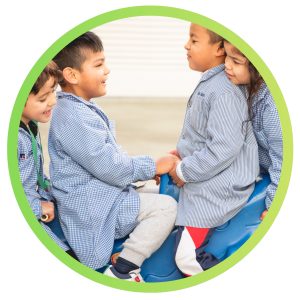
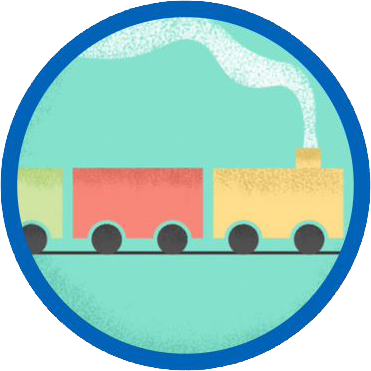
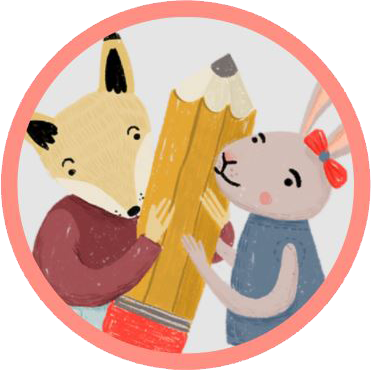
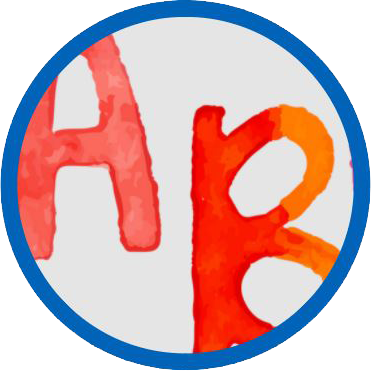

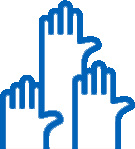 Meet our staff! Teachers with enthusiasm!
Meet our staff! Teachers with enthusiasm! 




